Medical Masks, We’ve Come a Long Way, but More Change is Needed Now!
The Bubonic Plague, which rolled over the world from China, the Middle East, Russia, and Europe was the deadliest epidemic in human history. It claimed an estimated 150 million human lives. It started in China and when the bacterium Yersinia pestis hitched a ride inside of fleas on rodents, and was transferred to humans via flea bites, leaving death and economic disaster in its wake. The “Plague Doctors” who treated the infected people were well intentioned, but also completely useless as doctors.
These doctors were among the first to wear protective clothing. This “Doctor” was typically dressed in wax coated heavy canvas clothing, with the exceptions being leather gloves, leather boots, and a leather bird-like mask, which was really a glorified air freshener with the beak filled with herbs and spices such as lavender, cloves, myrrh, camphor, and mint, to protect them from the disease, which they mistakenly believed was airborne. The last piece of primitive Personal Protective Equipment (PPE) that they used was a long wooden cane that they used to move the bedsheets and clothes in order to examine the patient. The cane was also used to lash out at a victim of the disease if they got too close to the “doctor”.
Necessity breeds invention, so the adage goes. The modern-day medical mask first appeared in the early 1960s and was nothing like the Doctor Mask of the Plague Doctors. It consisted of a non woven fabric that was infiltrated with a “melt blown polymer” (usually polypropylene) to block the passage of moisture from the inside of the mask to the outside of the mask. This mask was NOT made to block the passage of bacterial and viral particles from the outside of the mask to the inside of the mask.
We’ve learned from the COVID-19 Pandemic that we should strive to improve our masks to make them more effective and durable than they were before the Pandemic. We also need to have plenty of them stockpiled for use when, NOT if, something as fast spreading and infective as COVID-19 shows up again. Peter Tsai was the original material scientist and engineer of the N95 Masks developed in 1992. This is the same type of mask that first responders and health care professionals needed so desperately during the outbreak of COVID-19 Pandemic due to its capability to filter out bacteria and virus particles. They are the true “respirators”, which protect the wearer from inhaling droplets containing bacterial and viral particles. They are classified into two categories, insulating and filtering. Both types have to live up to the standards set up by the National Institute of Occupational Safety and Health (NIOSH). For medical providers the mask has to meet NIOSH standards N, R, or P. Each of those standards is available in 95% Filtration, 99% Filtration, or 100% Filtration.
The insulating masks are only rated for single use at this time, and were in short supply during the COVID-19 Pandemic. Medical personnel were so desperate to have them that they had resorted to using alcohol or bleach, among other things to try to sterilize the masks, but these cleaning agents can actually degrade the filtering components, rather than making them more effective. Peter Tsai has come out of retirement to try to find a way to disinfect these virus-blocking masks and make them effective for reuse. He currently works with a group of volunteer researchers, operating under the name of N95 DECON, who are experimenting with various ideas for sterilizing the used masks for reuse. Some of the options include heat, UV Light, and hydrogen peroxide. At the time of this publication, the masks were still rated for single use only.
The filtering masks consist of a tightly adapted face mask and filters. They can be single use or reusable depending on whether the filter elements can or can’t be replaced when full. The typical useful life for the filters is between three to eight hours depending on the concentration of the contaminate present in the air. This time frame can be increased by the simultaneous use of a face shield, which acts as an additional physical barrier to droplets that contain bacterial or viral particles. The face shields can also be easily washed and disinfected.
Other future options may be to have the mask be based of hardy fabric and have interchangeable anti-viral/antibacterial filtration inserts that actually allow a change of the “filter” rather than the whole mask. The mask, minus the filter element, could be aggressively cleaned. One thing is definite in the future, and that is that the respirator grade N95 or greater will be the required grade of the future in medicine, but how that degree of filtration/protection will be achieved and maintained is the key question! You can count on VTT to be involved in the solution!
V Technical Textiles, Inc.
www.vtechtextiles.com
info@vtechtextiles.com
(315)-597-1674 PHONE
(315)-597-6687 FAX
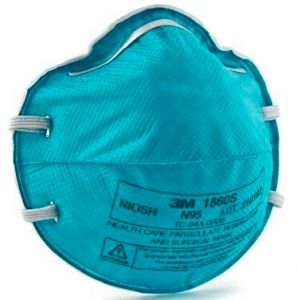
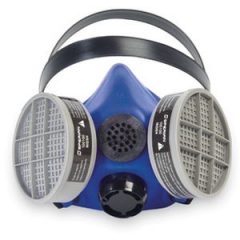
Thanks to 3M Thanks to Honeywell


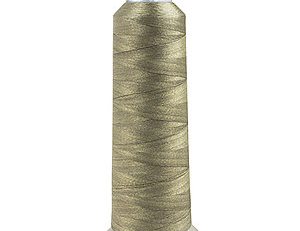
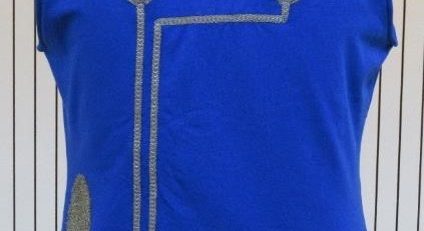
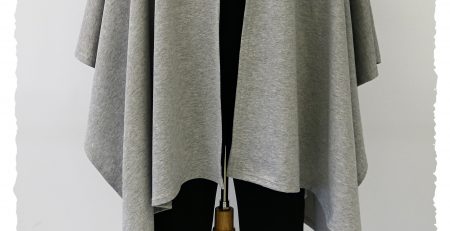



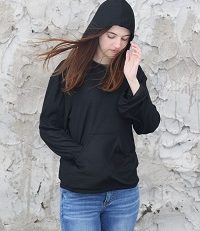

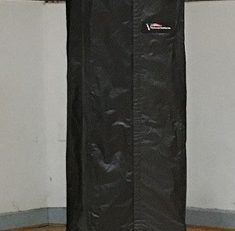

Leave a Reply